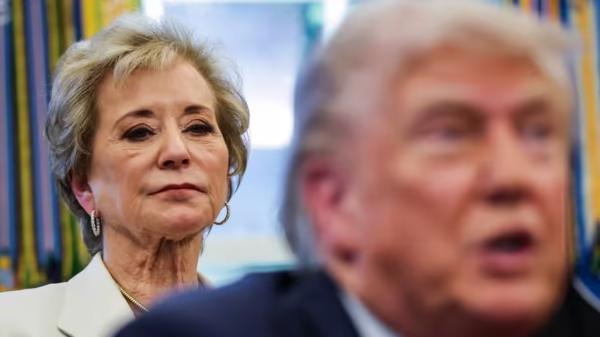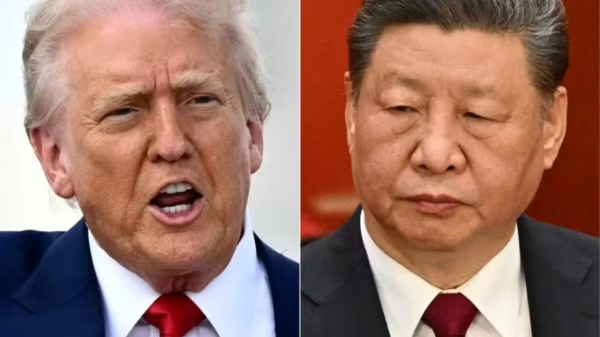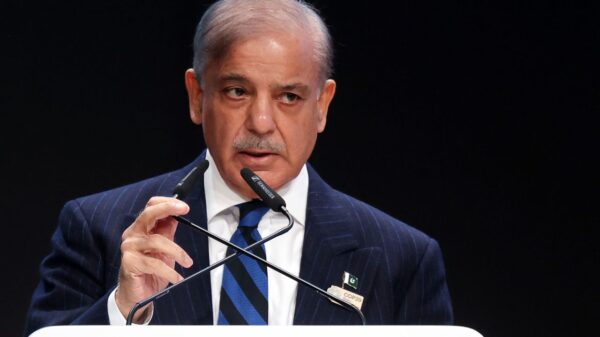Trump Administration Initiates Federal Workforce Reductions
Introduction to Workforce Reduction Initiative
In February 2025, the Trump administration commenced significant layoffs within the federal government, targeting probationary employees as the initial phase of a broader strategy to decrease the federal workforce. This move aligns with President Donald Trump’s commitment to streamline government operations and reduce expenditure.
Scope of the Layoffs
The layoffs have affected various federal agencies, with approximately 10,000 employees dismissed to date. Notably, the Department of Health and Human Services (HHS) experienced substantial cuts, including 1,165 employees from the National Institutes of Health (NIH), representing about 6% of its staff. The Food and Drug Administration (FDA) and the Centers for Disease Control and Prevention (CDC) have also faced significant reductions.
Focus on Probationary Employees
The administration’s strategy primarily targets probationary employees—those who have not yet attained civil service protection. This group includes nearly all workers hired or promoted within the past one to two years. The Office of Personnel Management (OPM) issued directives to implement these layoffs, emphasizing the goal of streamlining government functions.
Leadership and Oversight
Elon Musk, appointed to lead the Department of Government Efficiency (DOGE), plays a pivotal role in executing these workforce reductions. Musk has advocated for the elimination of certain agencies and a comprehensive overhaul of federal operations to enhance efficiency.
Impact on Health Agencies
The HHS has been notably impacted, with layoffs extending to the FDA, CMS, and the emergency preparedness office. Critics express concern that these cuts may impair public health programs and the nation’s ability to respond to health threats, such as emerging infectious diseases.
Repercussions for Clean-Energy Programs
The Energy Department’s Loan Programs Office, instrumental in supporting clean-energy projects, has seen a 25% reduction in personnel. This downsizing raises questions about the future of federal support for renewable energy initiatives and the potential shift in focus towards fossil fuel production.
Concerns Over Election Security
The administration’s actions have also led to the dismantling of federal efforts to monitor election interference. The disbanding of an FBI task force focused on foreign influence and staffing cuts at the Cybersecurity and Infrastructure Security Agency (CISA) have prompted concerns about vulnerabilities to foreign meddling in U.S. elections.
Legal and Ethical Challenges
Legal experts and Democratic leaders argue that the rapid and extensive workforce reductions may undermine the balance of power within the U.S. government. The dismissal of inspectors general and the consolidation of authority under DOGE have led to multiple legal challenges, with critics alleging unconstitutional overreach.
Deferred Resignation Program
In addition to layoffs, the administration introduced a “deferred resignation” program, offering federal employees the option to resign effective September 30, 2025, while continuing to receive pay and benefits until that date. This initiative aims to encourage voluntary departures to further reduce the workforce.
Reactions from Federal Employees
The sudden and widespread nature of the layoffs has led to confusion and concern among federal employees. Many workers, particularly those in probationary status, face uncertainty regarding their employment status and future within the federal system.
Union and Advocacy Group Responses
Unions and advocacy groups, such as the American Federation of Government Employees, have criticized the layoffs as politically motivated and detrimental to essential public services. They argue that the reductions undermine the government’s ability to effectively serve the public.
Potential Impact on Public Services
The workforce reductions raise concerns about the continuity and quality of public services. Critics warn that the loss of experienced personnel may lead to delays, reduced efficiency, and compromised service delivery in critical areas such as health, education, and environmental protection.
Future of Federal Workforce Policies
The administration’s actions signal a significant shift in federal workforce policies, emphasizing downsizing and restructuring. The long-term implications for federal employment practices and the attractiveness of public service careers remain uncertain.
Congressional Oversight and Response
Lawmakers have expressed concern over the lack of transparency and potential overreach associated with the layoffs. Congressional hearings and investigations may ensue to assess the legality and impact of the administration’s actions on federal operations.
Public Opinion and Political Ramifications
Public reaction to the workforce reductions is mixed, with some supporting efforts to reduce government size and others fearing negative consequences for public services. The political ramifications may influence upcoming elections and shape future policy debates.
Comparison to Previous Administrations
While previous administrations have implemented hiring freezes and workforce reviews, the scale and speed of the current layoffs are unprecedented. This aggressive approach marks a departure from traditional methods of federal workforce management.
Conclusion
The Trump administration’s initiation of federal workforce reductions, beginning with probationary employees, reflects a concerted effort to reshape the federal government. As these changes unfold, their impact on public services, employee morale, and the overall efficiency of government operations will be closely scrutinized by stakeholders and the public alike.




































